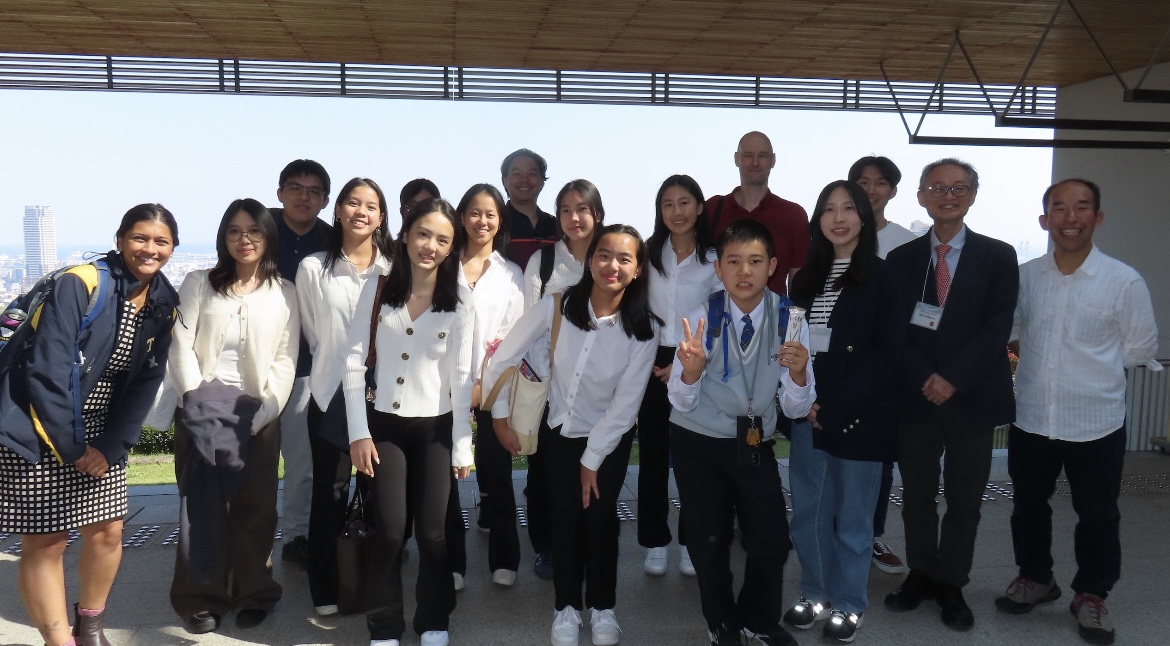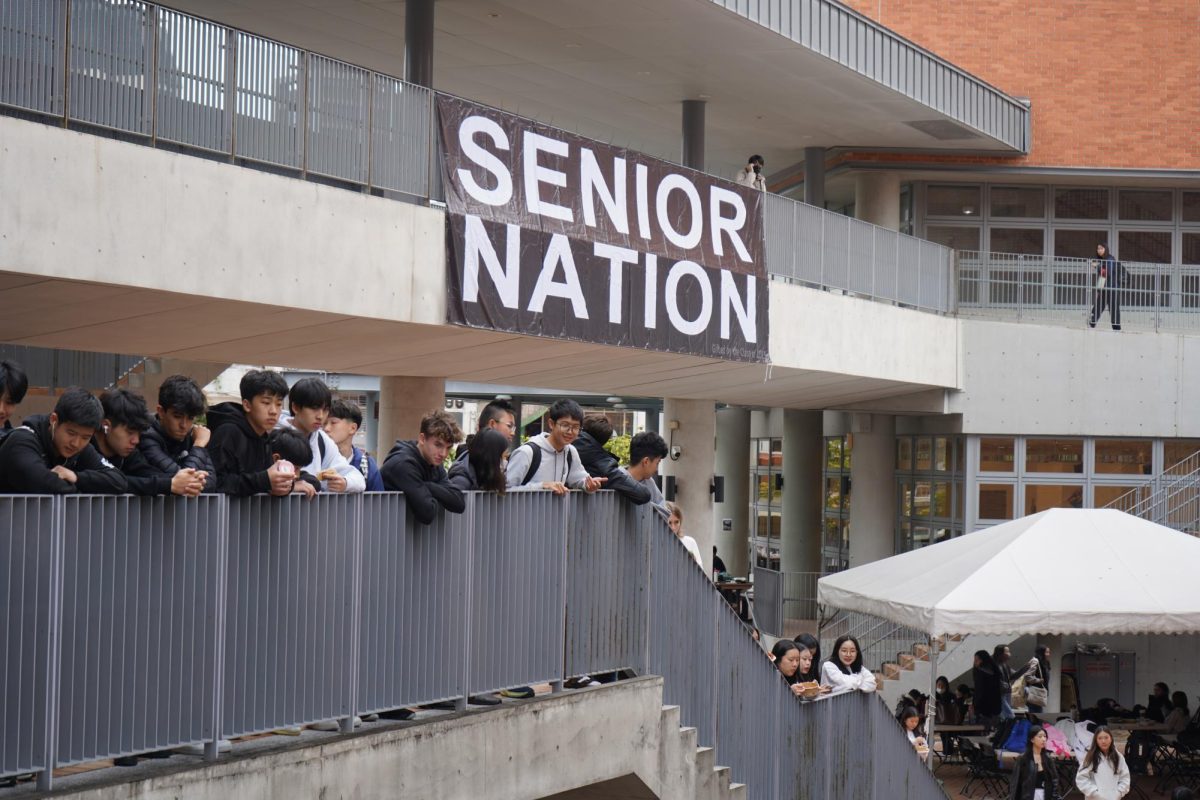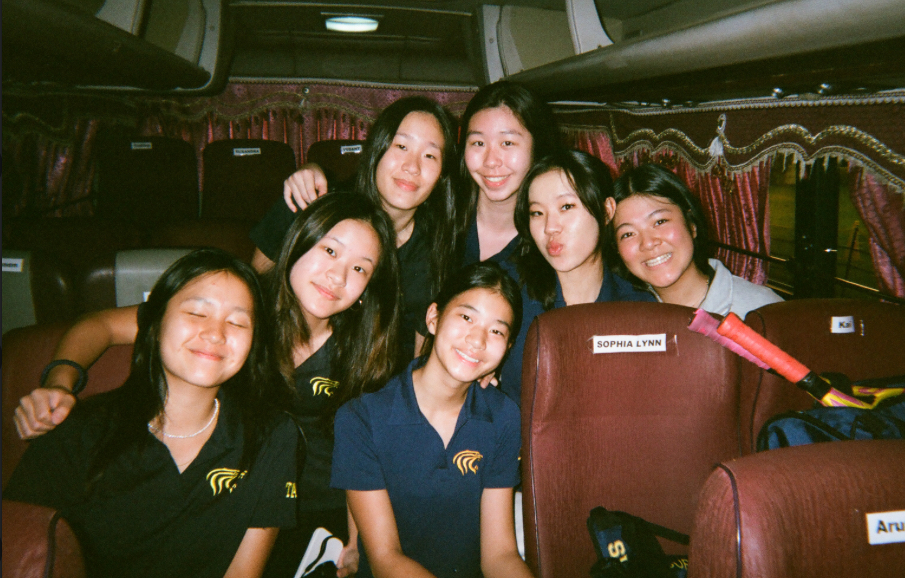Politics often polarizes people, even at school.
The Faculty Political Spectrum

The Blue & Gold asked a number of teachers and staff to take Pew Research Center’s Political Typology Quiz. The quiz consisted of 23 questions regarding a number of social, political, and economic issues and topics. Responses were compared with a national survey of over 10,000 U.S. adults conducted by the Pew Research Center to find one’s best political typology match.
“One of my teachers would always be like ‘This president did this thing which was widely criticized but it’s not as bad as what George Bush did, of course’,” one student told Blue and Gold.
Teachers, especially those working in the Social Studies and History department, frequently have to walk the fine line between teaching and preaching as their subject, from time to time, touches on sensitive topics.
“I think it depends to some extent on the subject under consideration,” said Dr. Coburn-Palo when asked whether or not he believes teachers’ political views influence their teaching in the classroom. “I would suspect, for example, that in math, a teacher would have to go out of their way to transform a mathematical discussion into a political discussion. That is not so clearly the case when it comes to the social sciences, which often involve explicitly political issues.”
Some teachers believe that they do insert their political bias when teaching.
“I think teachers do present their bias often subconsciously,” said Ms. Sinclair, a history teacher. She believes that bias can come in many forms, including cultural or religious. She stressed that “as a teacher it is important not to delve into your own personal background but to highlight that everyone’s interpretation is influenced by many aspects of their varied experiences.”
Others believe that it is impossible to not be biased. “I don’t think the right word is ‘hard’… it’s impossible,” answered Ms. Haug, an Asian history teacher. “Since we are all biased, we need to try our best to acknowledge as many of the relevant biases to paint a full picture.”
“In class we not only need to be aware of whose point of views we are discussing, but also to search for those point of views that we are missing,” she said.
In the US, debate on political bias in the classroom has a long history.
A survey in 2005 by political science professors at Smith College and the University of Toronto who polled 1,643 full-time faculty at 183 four-year schools showed that 72 percent of those teaching at American universities and colleges identified themselves as liberal while a mere 15 percent identified as conservative.
The survey also shows that the disparity is even more severe at elite schools where 87 percent of the faculty identify as liberal and 13 percent as conservative.
Some argue that this great left-wing slant in schools is a threat to more traditionalist values.
“A good many educators take seriously the idea that teaching is a political activity and accordingly feel justified in using their classrooms as platforms for spreading their social, economic, and philosophical beliefs. They want to act as ‘change agents’ who will improve the world,” said George Leef wrote in Forbes magazine.
“[Many] educators have been imbued with a leftist cast of mind – hostile to capitalism, private property, and anything that stands in the way of their utopian visions of a just society brought about through government power,” he argued, citing a recent incident at UC Santa Barbara where a professor physically attacked a student who was peacefully protesting abortion.
When asked whether or not he agrees that there is a left-wing bias in education, Dr. Nelson, an AP Government teacher, disagreed.
“I believe teachers, especially of the social sciences, are aware of their preferences and good at ensuring they don’t automatically present the position with which they tend to agree as the ‘right’ or best answer to the question,” he said.
There does seem to be a consensus among teachers at TAS that they should strive for a balanced education.
“It’s very important for teachers to teach in an unbiased, neutral manner. It’s our job to teach students how to think, not what to think. Part of this process involves making sure that students are given the full freedom and opportunity to arrive at their own opinions,” said Dr. Bruce, an AP Economics teacher.
The Fine Line Between Teaching and Preaching
March 24, 2015
0




![[PHOTO COURTESY OF PIXABAY]](https://blueandgoldonline.org/wp-content/uploads/2025/03/white-18227_1280-1200x803.jpg)

![[PHOTO COURTESY OF PIXABAY]](https://blueandgoldonline.org/wp-content/uploads/2025/03/fire-6706674_1280-1200x800.jpg)
